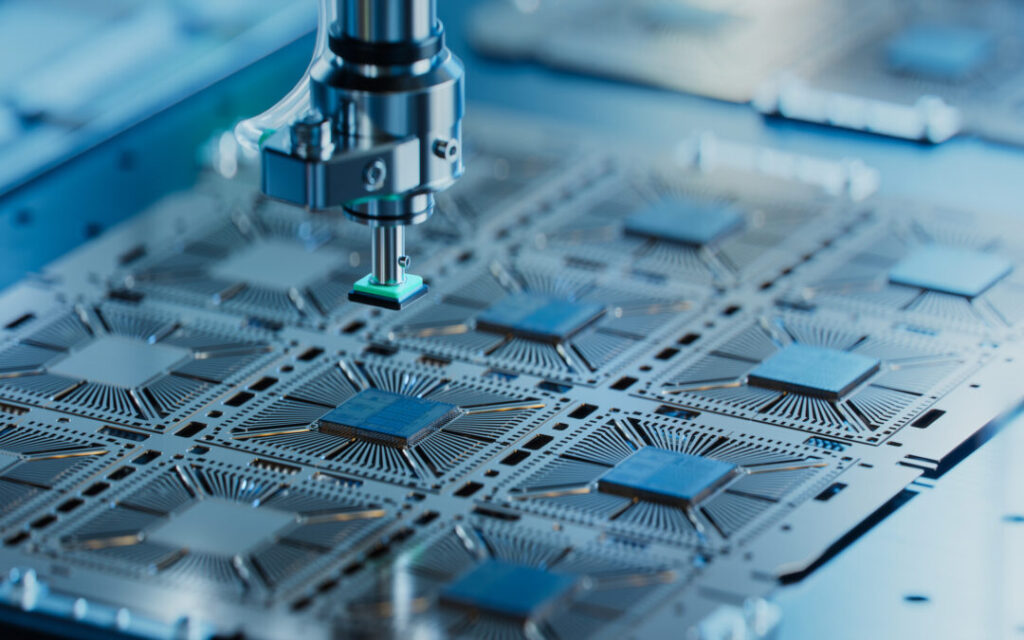As the demand for smaller, faster, and more energy-efficient semiconductors grows, packaging technologies have become a crucial area of innovation. AI is now playing a transformative role in semiconductor packaging, driving advancements in heterogeneous integration, chip stacking, and advanced interconnect designs. Erik Hosler, a proponent of cutting-edge packaging solutions, mentions that these innovations are pushing the boundaries of energy efficiency and computational performance, setting the stage for the next generation of smart devices.
The Role of AI in Heterogeneous Integration
Heterogeneous integration, the process of combining different types of chips into a single package, is becoming a cornerstone of advanced semiconductor design. AI enables engineers to optimize this process by analyzing complex datasets and simulating various design scenarios.
By leveraging machine learning algorithms, manufacturers can identify the most efficient ways to integrate chips with different functionalities, such as processors, memory, and sensors, into a single compact package.
This optimization leads to better energy efficiency, as AI minimizes the electrical resistance and heat generated during operation. Additionally, AI-enhanced simulations can predict potential performance bottlenecks, allowing engineers to refine designs before production begins.
Enhancing Chip Stacking with AI
Chip stacking, where multiple layers of chips are stacked vertically to save space and improve performance, is another area where AI is making a significant impact. AI algorithms help optimize the placement of each layer to ensure minimal signal delay and power loss. By predicting thermal dynamics and optimizing heat dissipation paths, AI reduces the risk of overheating, which is critical for densely packed chip designs.
Erik Hosler points out that “Working with new materials like GaN, SiC, graphene and other two-dimensional materials is unlocking new potential in semiconductor fabrication, and with it new semiconductor equipment platforms will likely be required, like accelerator-based light sources.” These advancements, combined with AI-driven design, are unlocking new possibilities for compact yet powerful semiconductor packaging.
AI and Advanced Interconnect Designs
Efficient interconnect designs are vital for high-performance semiconductors, ensuring seamless communication between components. AI plays a key role by analyzing signal pathways and optimizing routing to reduce latency and power consumption. With AI, manufacturers can create highly efficient interconnects that enhance computational performance while maintaining energy efficiency.
A Smarter Future for Semiconductor Packaging
AI’s integration into next-generation semiconductor packaging is revolutionizing how chips are designed and manufactured. By optimizing heterogeneous integration, chip stacking, and interconnect designs, AI not only boosts energy efficiency but also sets new standards for computational performance. These innovations are paving the way for a smarter, more connected future, where semiconductor technology continues to lead in efficiency and functionality.

